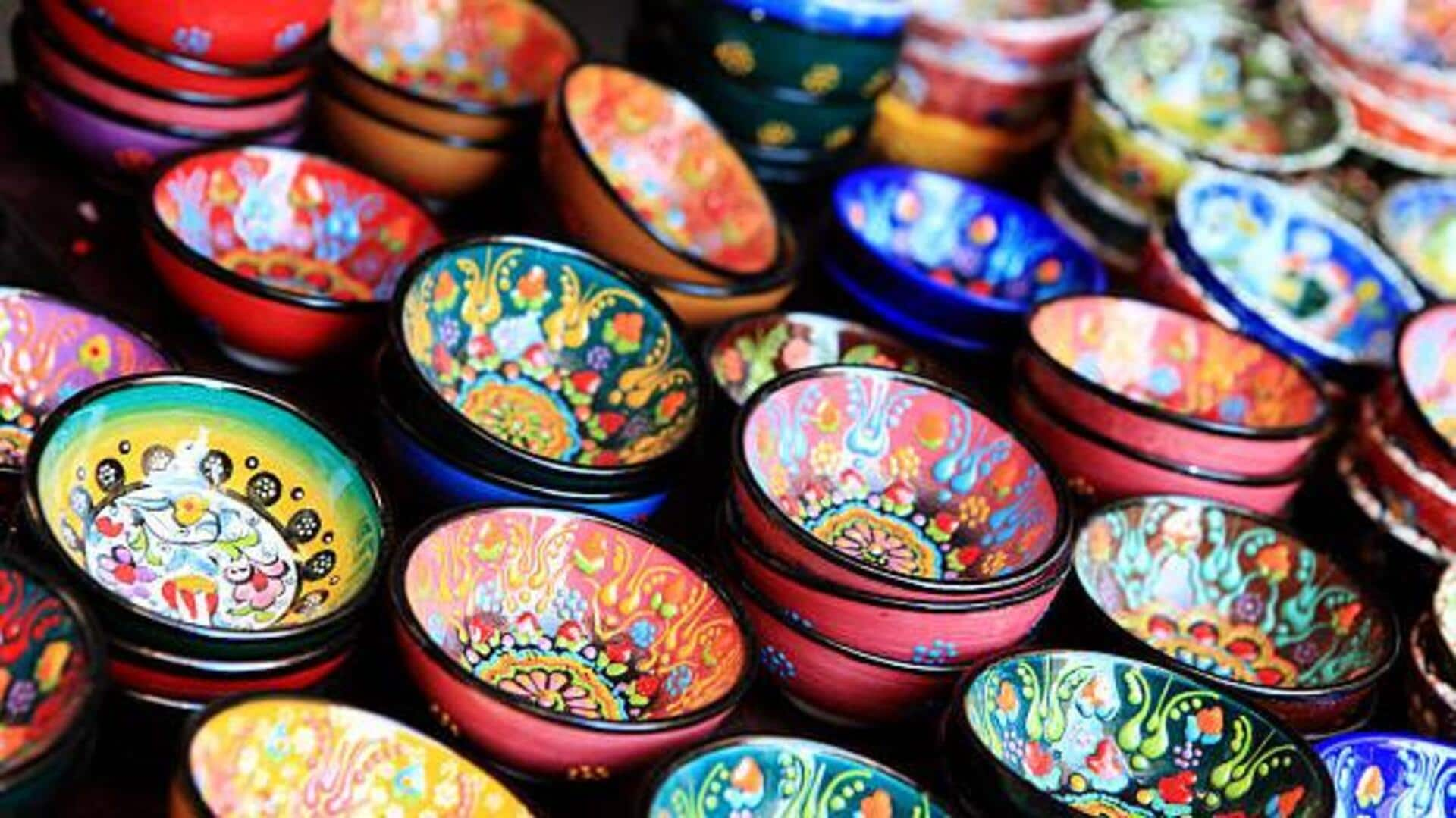
All about pottery art
What's the story
African pottery art is a rich tradition that reflects the continent's diverse cultures and histories. Dating back thousands of years, this art form showcases unique styles and techniques passed down through generations. Pottery in Africa is not just about creating functional items, but also an expression of cultural identity and artistic skill. The craftsmanship involved in African pottery varies widely across regions, each with its own distinct methods and designs.
Regional styles
Diverse styles across regions
African pottery styles can vary drastically from region to region. In West Africa, for instance, pottery tends to have intricate geometric patterns while East African potters may use more organic shapes. The materials can also vary; clay mixed with sand or ash is preferred in some regions to create a specific texture. These regional differences showcase the adaptability and creativity of African potters as they use available resources to create unique pieces.
Craftsmanship traditions
Traditional techniques passed down
The techniques employed in African pottery are commonly inherited from generations within families or communities. Many potters continue to use traditional hand-building techniques instead of modern machinery. A popular technique is coiling, where long strands of clay are stacked to form the walls of a vessel. Another method is pinching the clay into shape by hand. These practices ensure every piece remains connected to its roots.
Functional artistry
Functional yet artistic creations
While many African pots have practical purposes (cooking, storage), they are also appreciated for their artistic value. The decoration on these pots can include carved patterns or painted designs telling stories, or carrying cultural symbols. This combination of functionality and artistry makes African pottery both useful in daily life as well as important as an art form.
Economic influence
Economic impact on communities
Pottery plays a key role in the economies of many African communities by providing income for artisans who sell their work locally or internationally. Some regions have established cooperatives where potters work together to produce larger quantities for sale at markets or export abroad. Not only does this economic activity support local livelihoods, but it also promotes traditional crafts on a global stage.